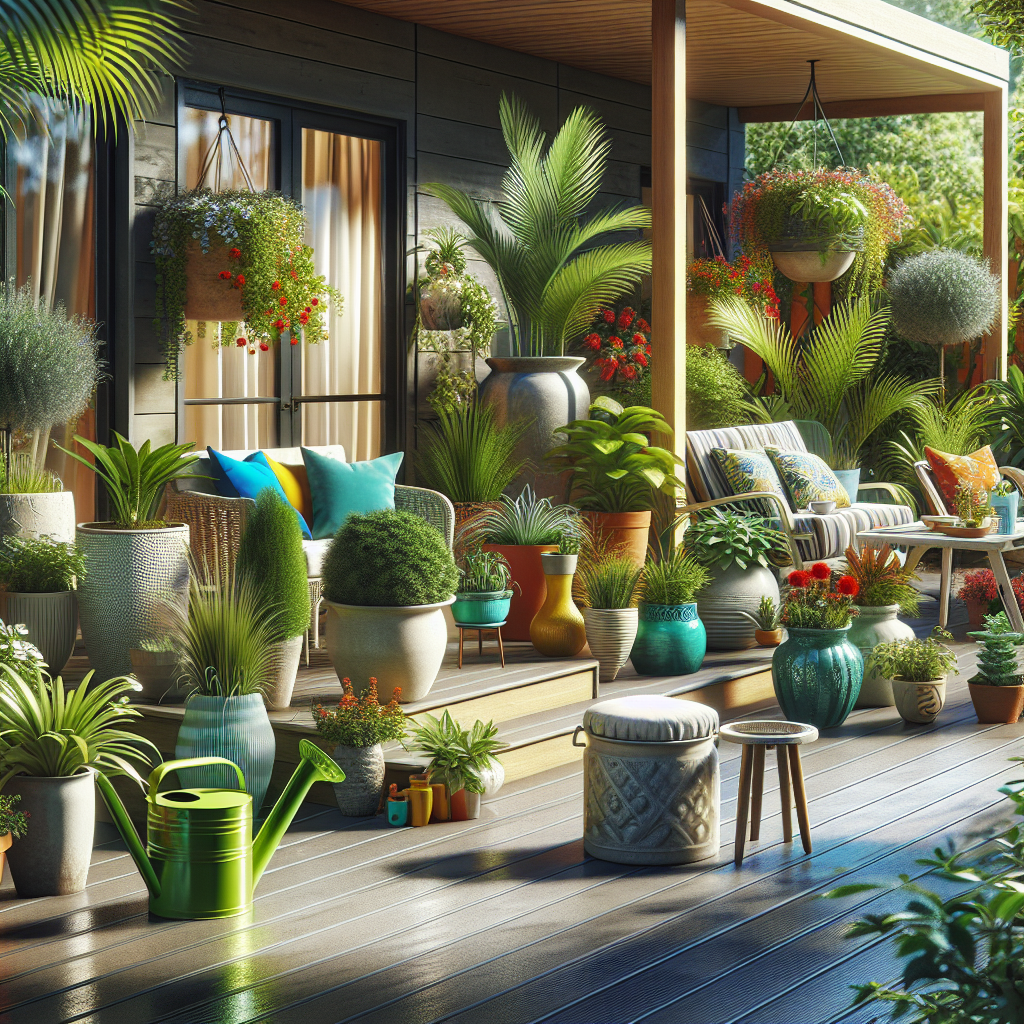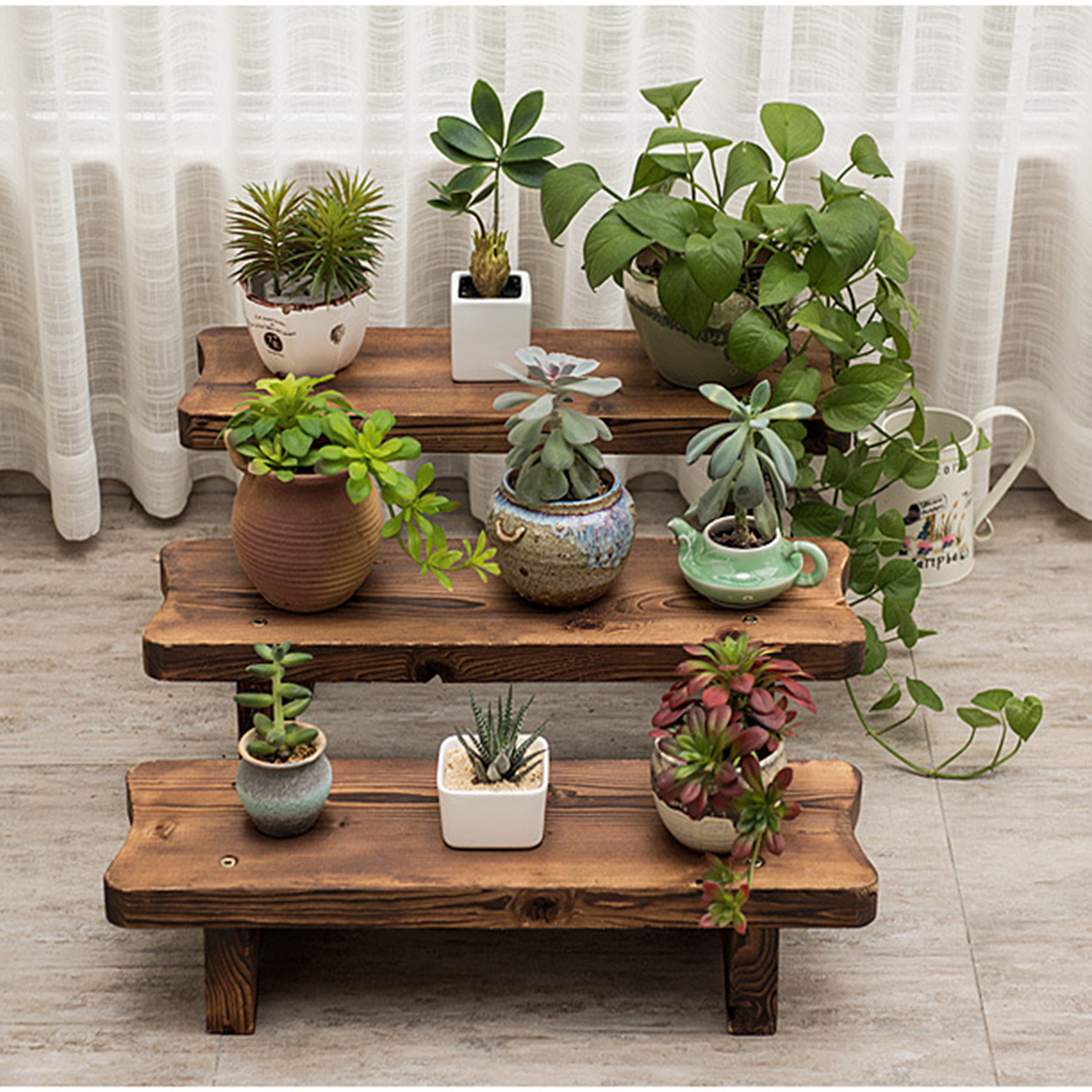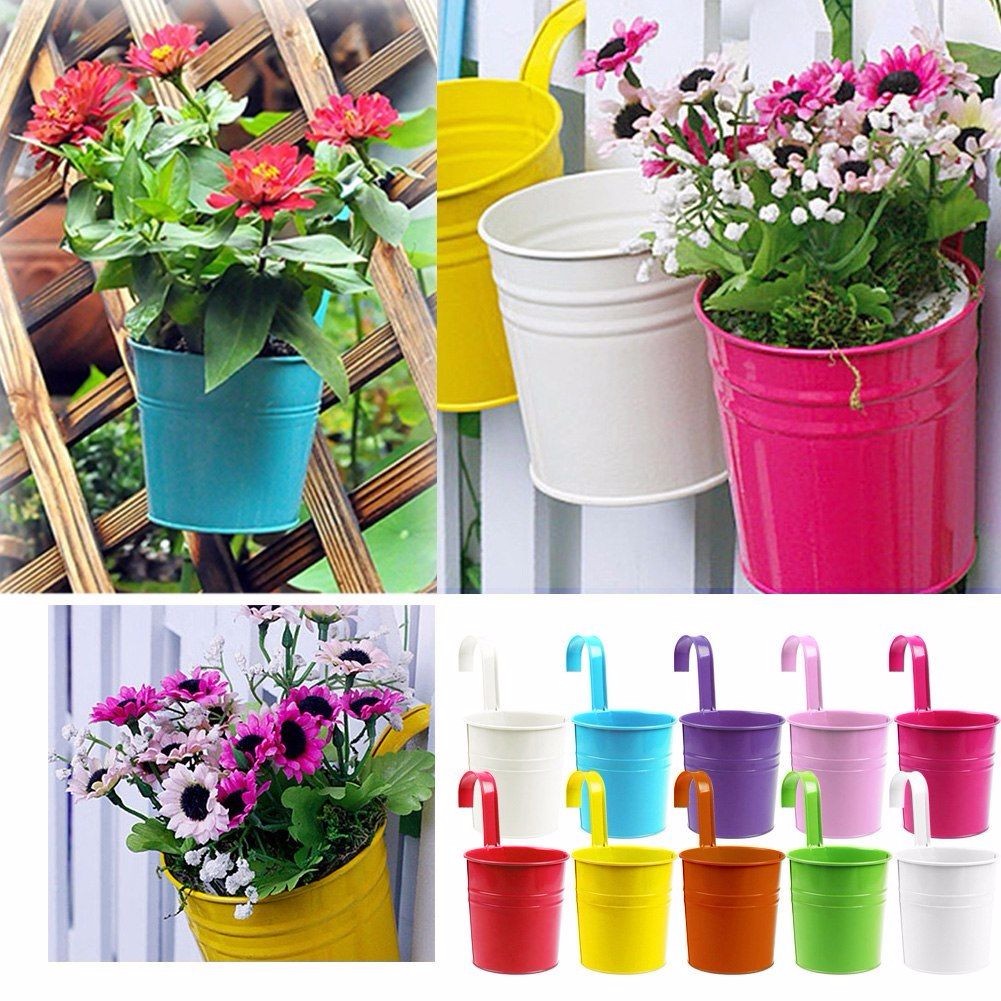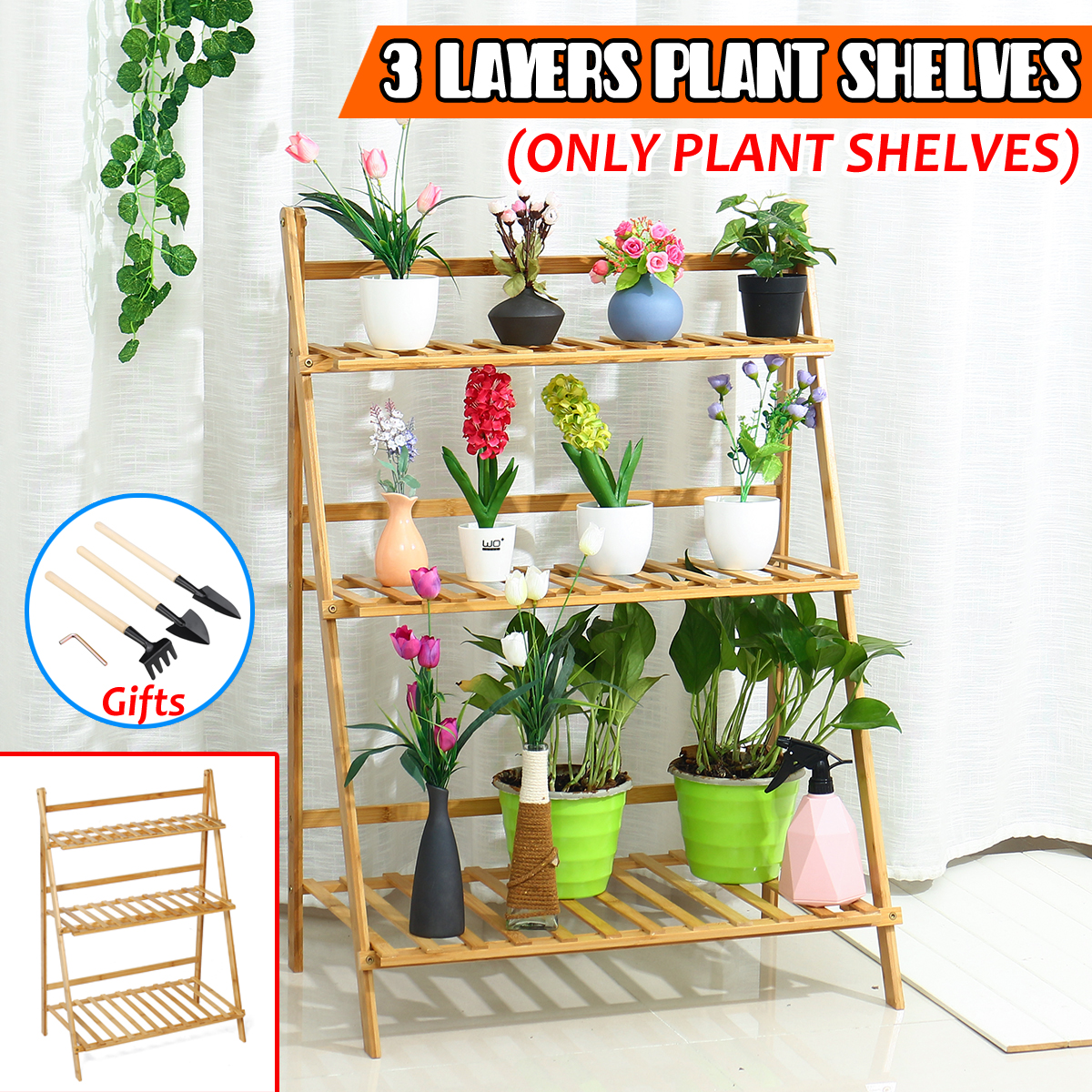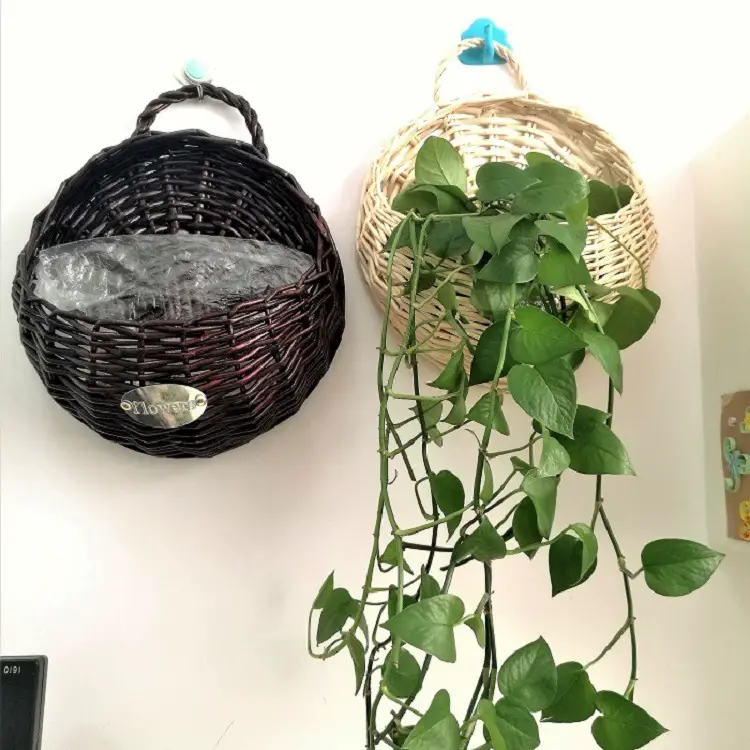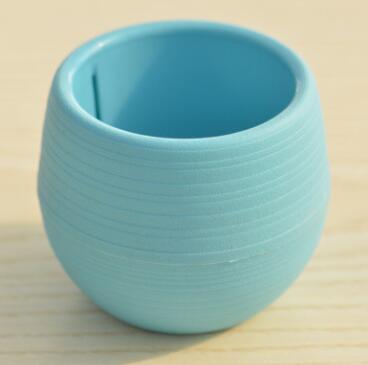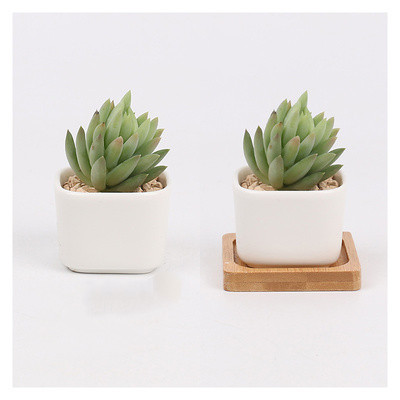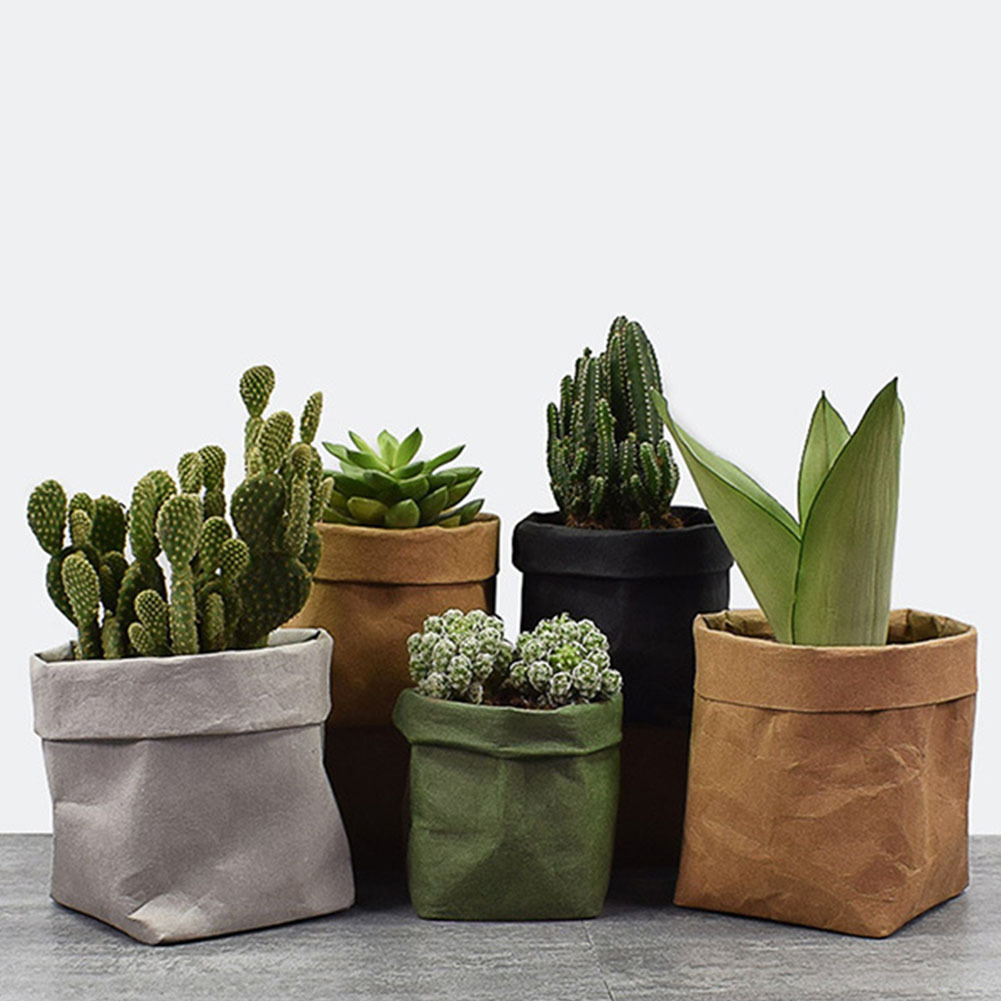Tips for Thriving Container Gardens on Your Patio
In today’s ever-increasing urban world, many people are seeking ways to connect with nature and create green spaces even in the smallest of outdoor areas. Container gardening offers a versatile and rewarding approach to fulfill this need, especially for those with limited space such as patios. This practice not only allows for creativity but also supports urban biodiversity. By using pots, planters, and various containers, you can cultivate a vibrant garden that transforms your patio into a peaceful oasis. In this article, we will explore essential tips for thriving container gardens on your patio, ensuring that your green space remains both beautiful and sustainable.
Celebrate Nature's Beauty with a Breathtaking Container Garden
Creating a breathtaking container garden is about curating a collection of plants that bring joy and satisfaction while optimizing your available space. The premise is simple: select containers and plants that reflect your aesthetic preferences and consider the specific environmental conditions of your patio.
1. Selecting the Right Containers
Selecting the appropriate containers is foundational in developing a container garden. Choose pots that complement your patio’s theme or style. Whether you opt for terracotta, ceramic, metal, or recycled materials, ensure they have sufficient drainage holes to prevent waterlogging.
2. Choosing Suitable Plants
The choice of plants should reflect your local climate, the amount of sunlight your patio receives, and your personal preference. Consider starting with easy-to-grow plants like geraniums, petunias, or succulents if you’re a novice gardener. Use a combination of thrillers (tall, focal plants like ornamental grasses), fillers (bushier plants such as basil or nasturtiums), and spillers (trailing plants like lobelia or ivy) to create a dynamic and layered look.
3. Soil Selection and Preparation
Successful container gardening begins with the right soil. Opt for a high-quality potting mix rather than garden soil. Potting mix allows for better aeration and drainage, which are crucial for container plants that do not have the same room to spread their roots.
4. Experiment with Color and Texture
Don’t hesitate to mix plants of various colors, textures, and heights. Contrast broad-leaved plants with fine, wispy foliage to create visual interest. Likewise, juxtaposing vibrant blooms with muted foliage can yield a striking effect on your patio garden.
Creating a Low Maintenance Garden with Slow Drip Irrigation
Ensuring the sustainability of your container garden often implies minimizing excessive labor and maximizing efficiency. Slow drip irrigation is a game-changer for anyone seeking a low-maintenance garden, as it conserves water while effectively nourishing plants.
1. Understanding Drip Irrigation
Drip irrigation involves a series of tubes and emitters that deliver water directly to the plant’s root zone. This system minimizes water wastage by preventing evaporation and runoff, ensuring that moisture reaches where it’s needed most.
2. Setting Up Your Drip System
Fortunately, setting up a slow drip irrigation system for your container garden can be straightforward. Many kits available in the market cater specifically to small spaces like patios. Position the emitters strategically within each pot or planter to optimize coverage. You can even attach the system to a timer to automate watering and further reduce daily maintenance.
3. Benefits of Drip Irrigation
Such systems not only save water but help prevent common gardening issues such as root rot and fungal diseases by keeping foliage dry. This is particularly critical when gardening in containers, as they often dry out faster than ground soil.
4. Cost Effectiveness
Over time, drip irrigation can save money on water bills while reducing the need to replace plants that didn’t receive adequate care. The initial investment in a drip system is often offset by these long-term savings.
5. Customization and Flexibility
One of the significant advantages of a drip system is the ability to customize it according to the specific needs of diverse plants within your garden. This becomes particularly advantageous as your garden evolves and the needs of your plants change over time.
Adapting to Seasonal Changes
Adaptability is a cornerstone of successful gardening. Container gardens allow easy rearrangement and repurposing of plants according to seasons.
1. Seasonal Plant Rotation
By swapping out annuals and perennials based on season or lifecycle, your patio garden can stay vibrant year-round. For instance, during spring and summer, opt for flowering plants, and in autumn, add chrysanthemums or asters for a splash of warmth in cooler weather.
2. Taking Advantage of Microclimates
Containers permit precise experimentation with microclimates—unique pockets of temperature and humidity on your patio. Place tender plants in the warmer areas that receive more sunlight, creating an ideal environment for each plant’s specific needs.
Sustainable Practices in Container Gardening
Embracing sustainable practices ensures that your thriving container garden is also an environmentally responsible endeavor.
1. Recycled Materials for Containers
Embrace creativity by upcycling materials for use as planters. Old buckets, barrels, and even shoes can make quirky and environmentally-friendly containers with a unique charm.
2. Composting
Use compost as a top dressing for your containers. Not only does this reduce waste and enrich the soil, but it perpetuates the cycle of life by returning nutrients to the earth.
3. Native Plant Selection
Where possible, prioritize indigenous plants that require less water and care while fostering local biodiversity. Native plants are often more resilient to local pests and weather conditions, which can significantly reduce reliance on chemical fertilizers or pesticides.
Dealing with Pests and Diseases
Managing pests and diseases effectively without resorting to harmful pesticides is crucial for a thriving garden.
1. Natural Pest Control Methods
Introduce beneficial insects like ladybugs, or use companion planting techniques to deter unwanted pests naturally. For example, marigolds can repel aphids and mosquitoes, making them great companions for a variety of plants.
2. Maintaining Plant Health
Regularly inspect leaves and stems for signs of disease or insect infestation. Provide proper air circulation and ensure plants are not overcrowded to deter mildew and fungal diseases.
3. Organic Treatments
Apply organic solutions like neem oil or soapy water sprays to treat minor infestations without harming beneficial insects or the environment.
Conclusion
Container gardening on your patio is a delightful way to celebrate nature’s beauty while relishing the benefits of a private green space. From selecting the right plants and containers to incorporating an efficient watering system like slow drip irrigation, each decision contributes to the overall success and enjoyment of your container garden. As you nurture this space, continue to explore and implement sustainable practices to ensure that your garden thrives and inspires joy all year long. By doing so, you’ll not only enhance your own connection with nature but also contribute to the greater good of the environment. Thus, investing your time and creativity in a thriving container garden can offer immeasurable rewards, both visually and ecologically, for years to come.


